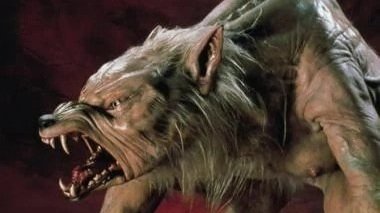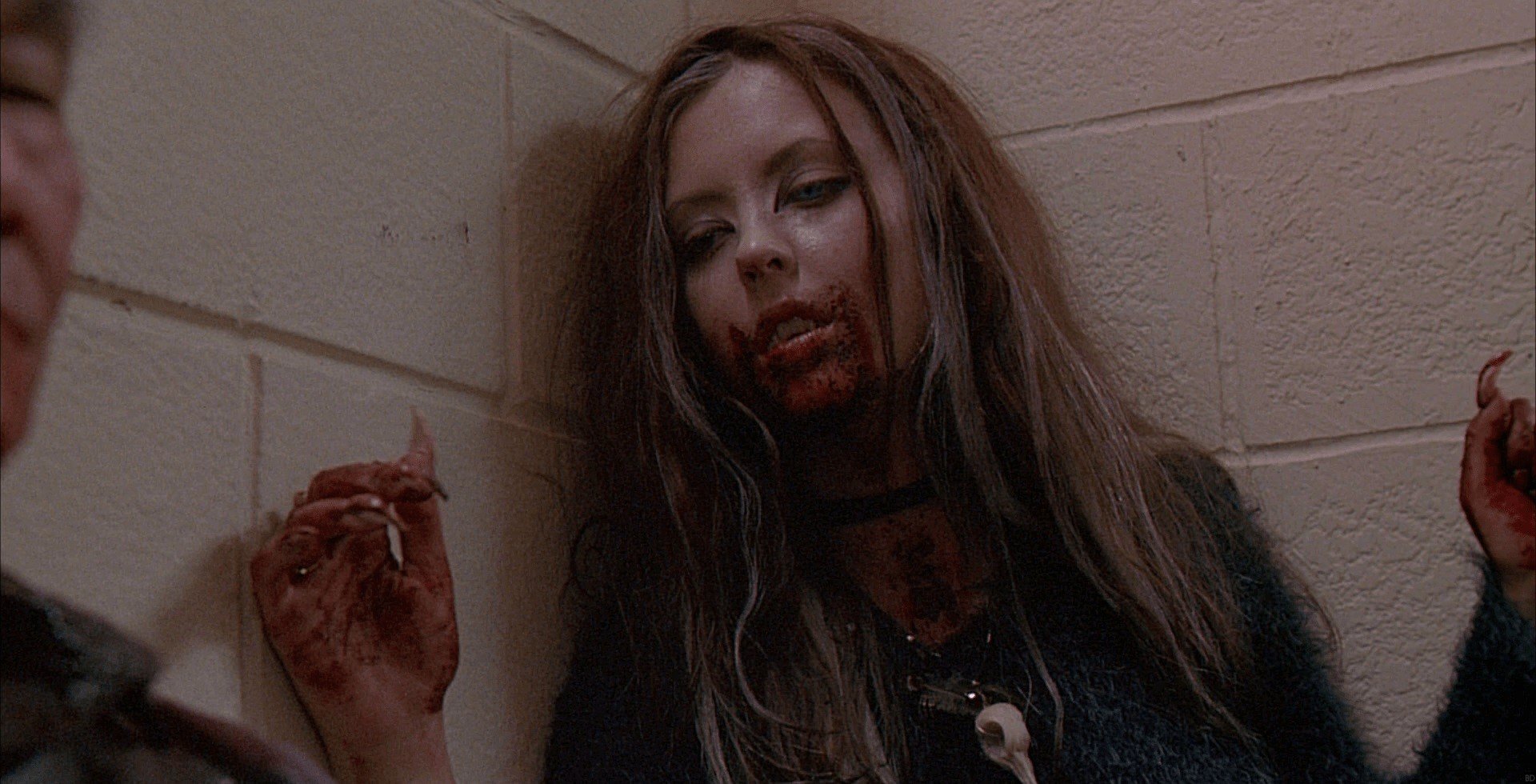Where Are All the Female Werewolves?
December 8, 2022 • Written by Heline Gokcen
Where are all the female werewolves?
Of the majority of pop culture images and stories of werewolves, there seem to be so few stories about the women. Women who, after an agonizing transformation every full moon, turn into ravenous, drooling, untamed beasts. The werewolf has been used as a metaphor for many things such as the fear of carnal desires, of one's own sexuality, of age, of one's own body; the idea that your anxieties and all that you repress will be set off its leash. One exception to this trend is the cult classic Ginger Snaps, a film which utilizes these themes well to tell a werewolf story centered around teenage girls. Though it still stands in mainstream media, women are not what comes to mind first when the image of the werewolf arises. It’s a shame there is such a lack of stories taking advantage of this iconic monster to use as a vessel to tell stories about the anxieties of being human, ostracization from society and how that pertains to womanhood and queerness.
Stills from Ginger Snaps (2000)
People often say that masculinity is a prison, but what could be a more restricting cage than beauty? In so much of media, today and throughout pop cultural history, women must be pretty first and people second. We see examples of this everywhere. In the women of zombie apocalypse stories and their pristinely waxed armpits. In artist portrayals of She Hulk depicting her with little muscle mass, as if she were just a supermodel but green. One particularly telling example comes from Rick Berman, the producer of Deep Space Nine, a show which covers many of its male cast members faces completely with prosthetic alien makeup and leaves the female aliens with the absolute bare minimum of matching prosthesis to signify they aren’t human. Berman reportedly instructed the effects team of the show to not put much prosthetic makeup on the actresses who portrayed female aliens. Most revealing, he is quoted as saying in regards to actress Terry Farrell: “We don’t want to cover up her pretty face.”
Time and time again, women in media are made to be ogled at and consumed; male authors, producers, and network execs are extremely hesitant to make them unfuckable. Bjork put it perfectly: “Men: They can be silly, fat, funny, intelligent, hard-core, sensual, philosophical, [...] But with women they always have to be feminine, feminine, feminine."
Why can’t women be grotesque monsters? Why aren’t they given the freedom to be ugly? The distinct lack of women in the broad werewolf genre implies that there is a curse worse than lycanthropy. Something so unfathomable and shocking that it can't be shown in movies, shows, and books: a woman who is huge, hairy and muscled. Is this society’s greatest horror? The gender non-conforming?

